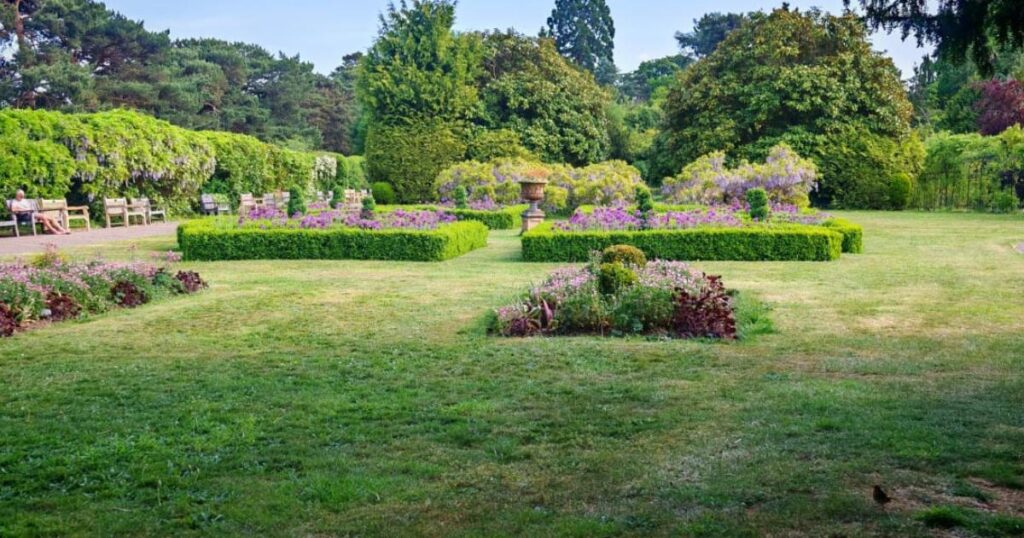Cheam was once a rural village in Surrey and has evolved into a suburban community that we know today.
The Sutton area is home to farms, manors, quiet hamlets, and residential streets.
The name Cheam is thought to come from an Old English word meaning “village by a tree stump” or “homestead in a clearing.”
It first appears in the Domesday Book of 1086 as Cieham, where it is recorded as a small agricultural settlement.
For centuries, Cheam maintained its rural identity, centred on farming, village life, and the parish church of St Dunstan’s, which still stands today as a reminder of its medieval roots.
Henry VIII built Nonsuch Palace in the 1500s just outside Cheam, though it was demolished just a century later by Barbara Villers, the mistress of Charles II.
Like many surrounding villages, Cheam’s most dramatic changes came in the 19th century with the spread of the railway.
(Image: Amy Clarke)
Faster connections to London encouraged suburban growth, drawing new residents and reshaping Cheam into a desirable commuter hub.
By the mid-20th century, Cheam became less of a village and more of a suburb, though it still is referred to as Cheam Village today.
In 1965, it became part of the London Borough of Sutton, officially shifting from its Surrey village roots into Greater London.
Despite that, Cheam is still home to Tudor-style cottages, historic inns, and pre-Victorian churches.
Today, it still recognises its historic roots with the annual Cheam Charter Fair, which has been running for over 750 years.




